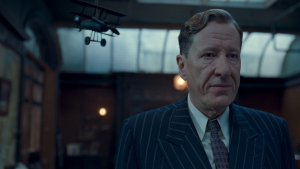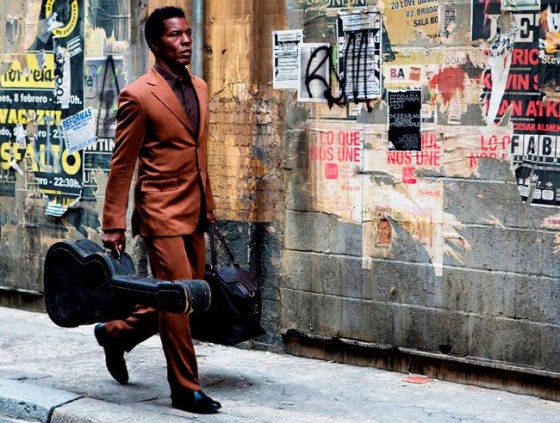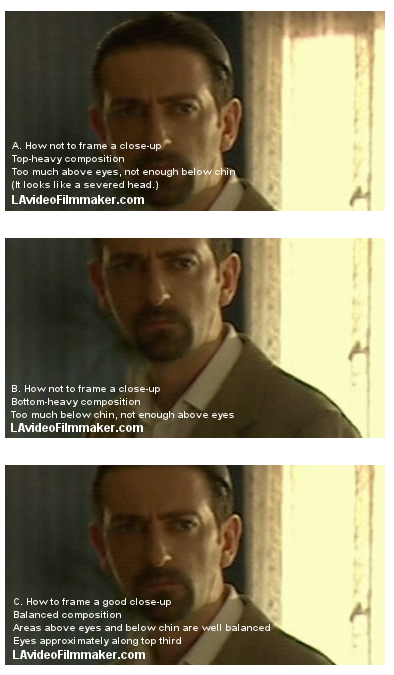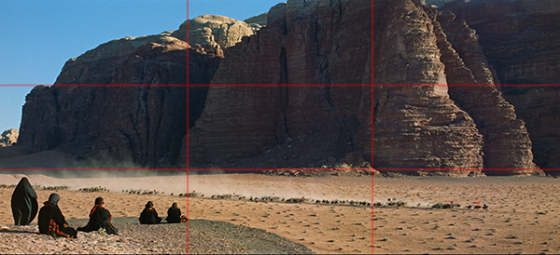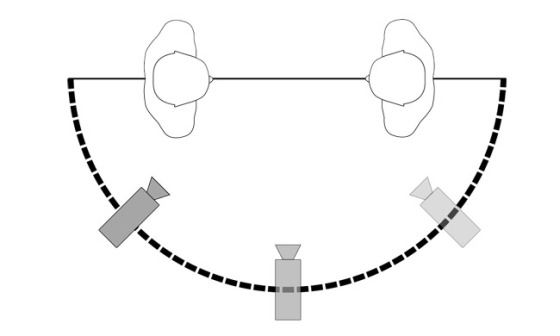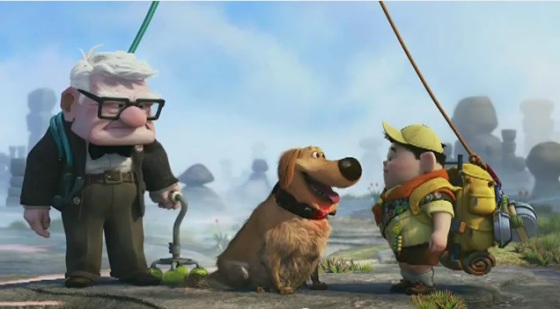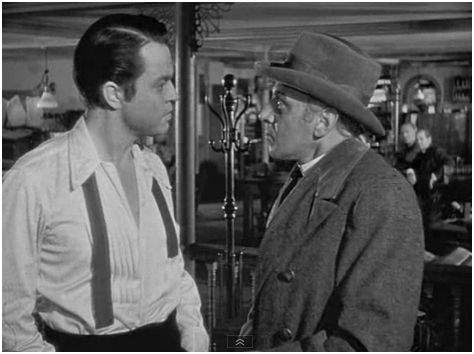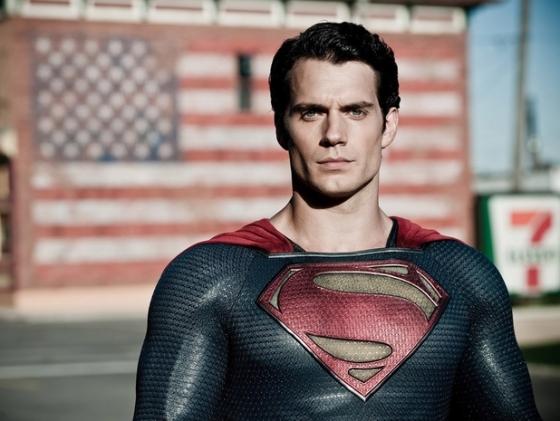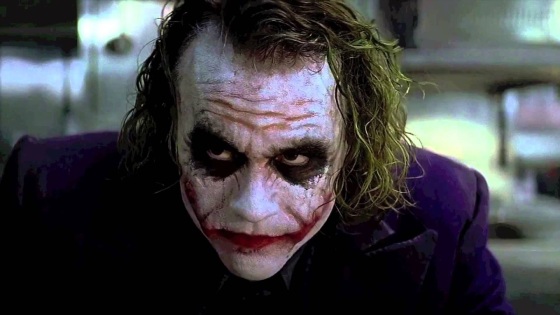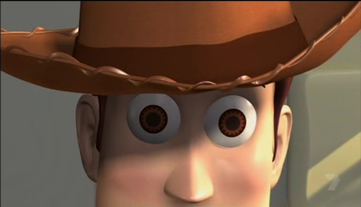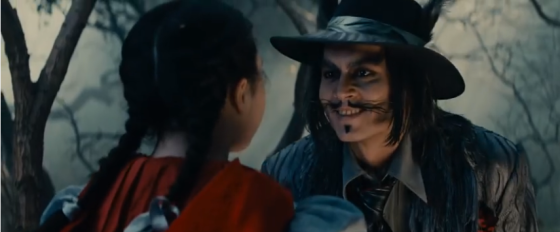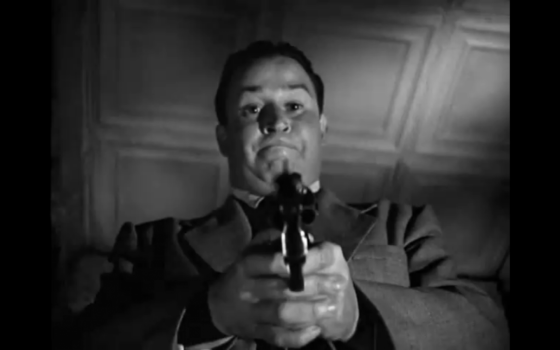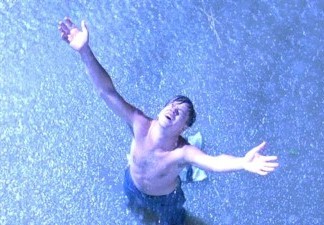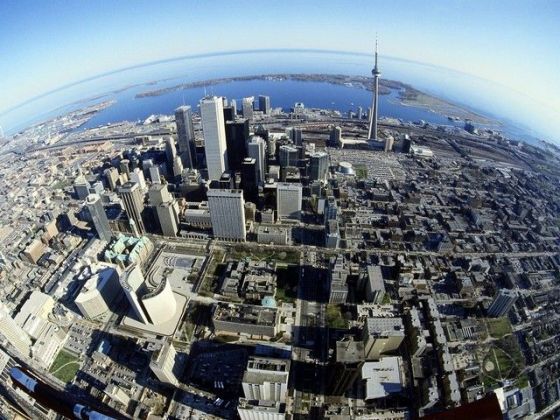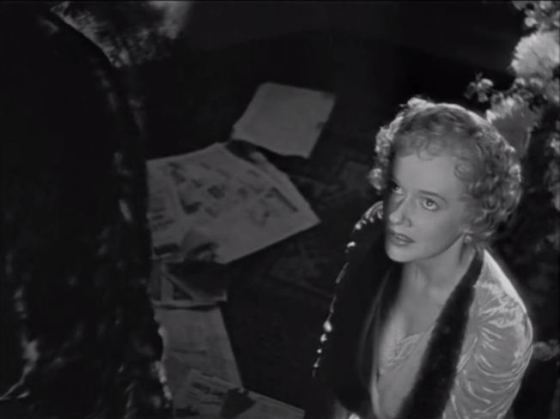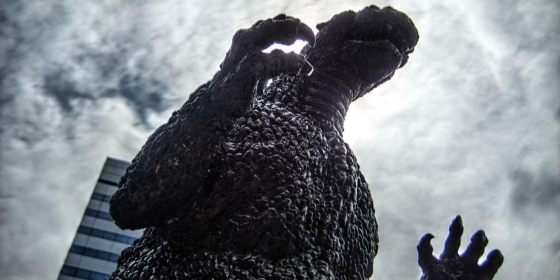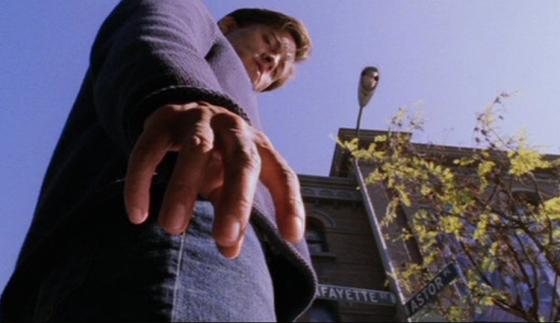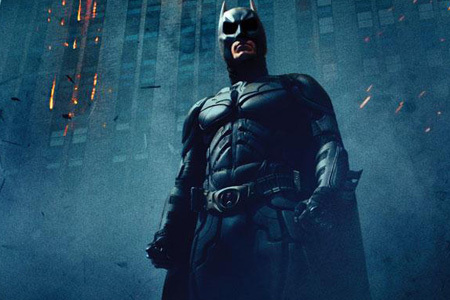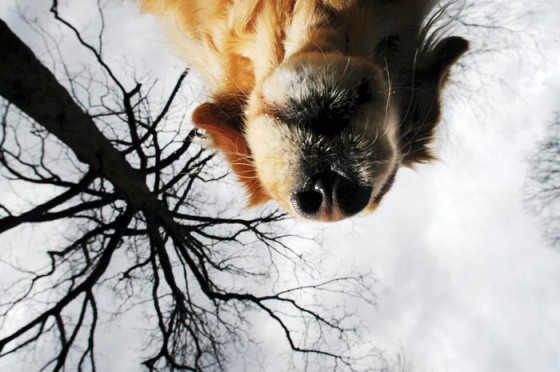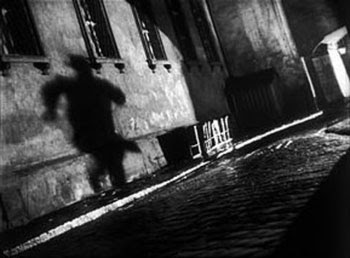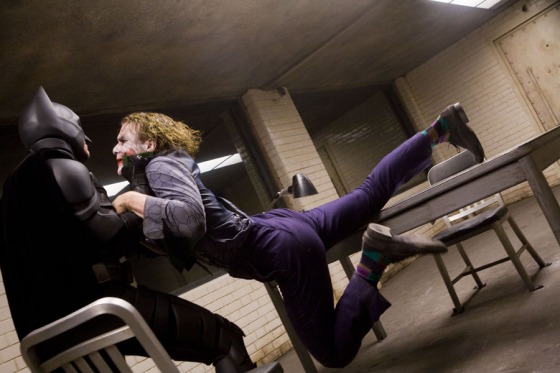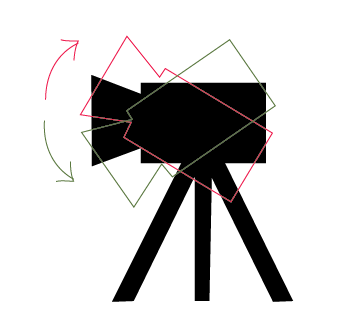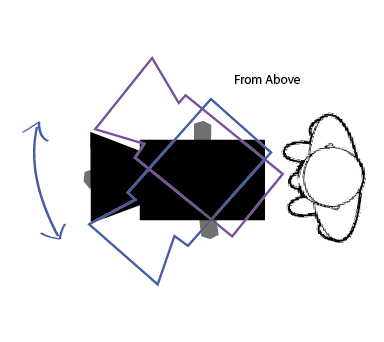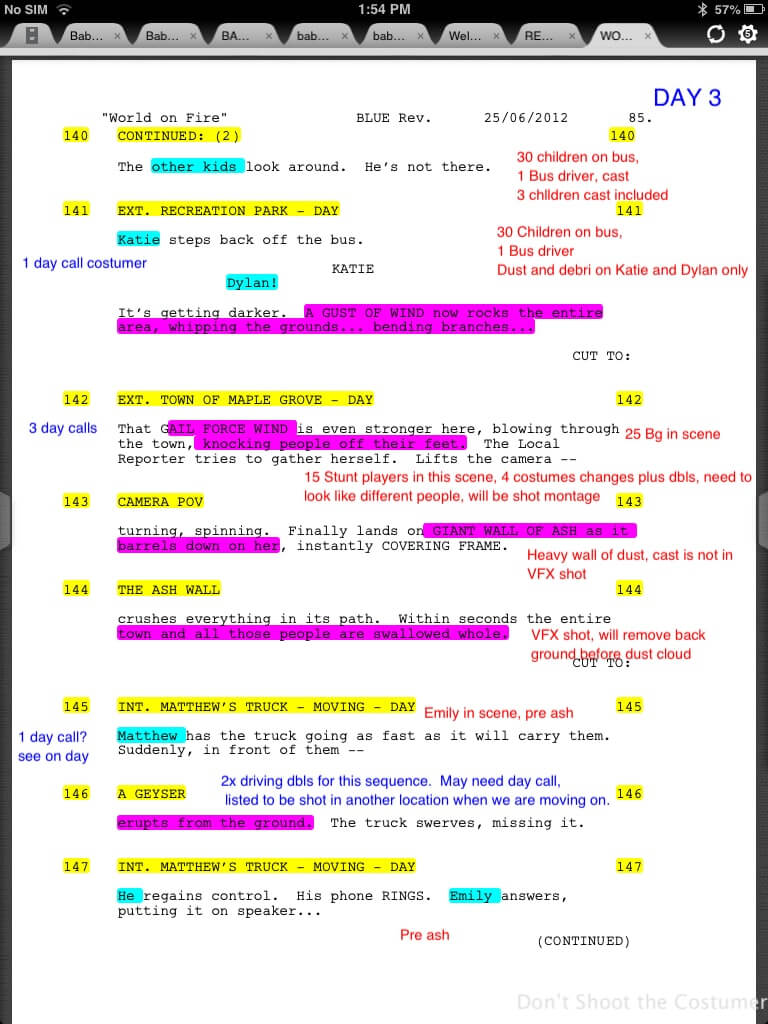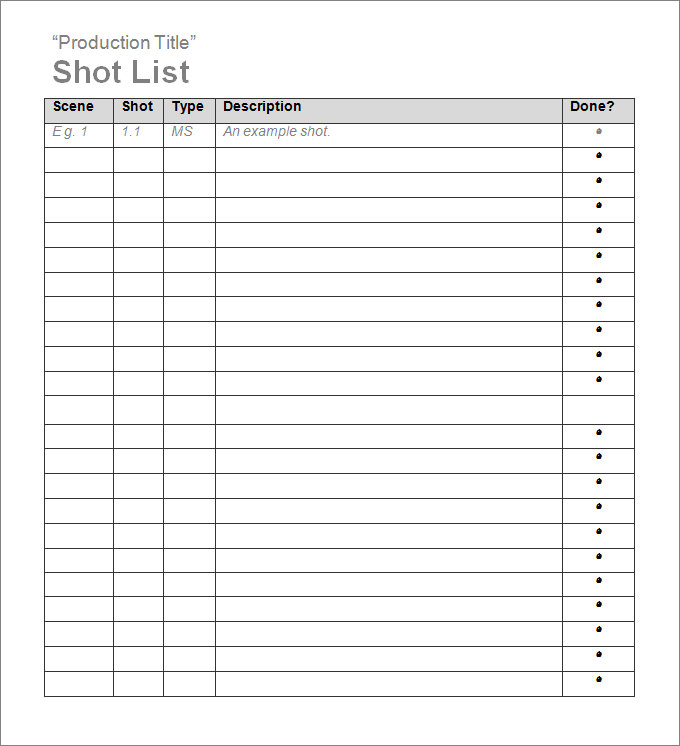You are only ready to move into production mode and shoot your film ONLY ONCE YOU HAVE COMPLETED YOUR PRE-PRODUCTION STEPS.
So ask yourself:
“Have we completed ALL of our pre-production steps?!” If your answer is “no” go back and complete them all. Trust me. It will make your life so much easier. Check out all the resources on this blog for pre-production, or here’s yet another handy guide to pre-production.
If your answer is “Yes,” ask yourself “Are you SURE?!” If your answer is “Yes,” ask yourself “Are you really really really pinky-swear sure?!” and if your answer is an emphatic honest cross-you-heart “Yes! I promise, pinky-swear!” Then you’re ready to move on to your production.
So, you’ve arrived at your designated shooting location (✔).
You’ve got your crew and your actors (✔).
You’ve read through the script with your actors and they’re ready to roll (✔).
Your crew knows what they’re doing (✔)
…they’ve read your call sheets (which you brought) (✔)
your shooting script (which you’ve brought) (✔)
and shot list (which you’ve brought) (✔)
…they know what’s going on (✔),
they know what you’re going to shoot today and in what order (✔)
…of course they do, you’ve given them clear instructions! (✔)
All your release forms are signed and ready to go (✔).
The shot logs are ready to be filled in as you go (✔).
You’ve got your costumes (✔),
props (✔),
and whatever hair and makeup requirements you need (✔).
Your camera/s are there (✔),
fully charged (✔),
with back-up memory chips (and extra film or video tape if you’re using a non-digital camera) (✔).
You’ve got all your necessary cables and wires for the camera/s (✔).
You’ve got back up batteries, or at least the charging cable and an extension cable should the battery die on you (✔).
You’ve got your slate ready (✔).
You and your camera person/DP set up the camera for your first shot (✔).
Your continuity person makes a note of it to make sure you follow the 180° rule (✔)
If you’re working with Lighting and Microphones or other equipment it is all there, set, working, and ready to go (✔)
So you’re ready to shoot. Now what?
Director, make sure everyone is in the right place and ready for the shot. Make sure the camera is set up correctly. Get the actors in their places. Tell them once again what you’re about to shoot to make sure everyone’s on the same page. Tell them how they’re supposed to move where they’re supposed to look, etc In other words, Direct your actors. In the mean time, your Director of Photography (DP) is making sure that the shot is framed correctly according to the shot list and story board, and that the shot is in focus. Are your lights and sound equipment set properly? Did everyone turn their cell phones to silent? Once it’s all set, tell your Assistant Director (AD) that you’re ready to go! Assistant Director and/or a PA will keep the shot log going, keeping track of all the shots and if they were perfect of if something is wrong, what is wrong with it.
Assistant Director (AD): Picture’s up!
(This let’s everyone know it’s time to get serious, we’re about to shoot.)
Production Assistants (PA’s): (all repeat) Picture’s up!
(PA’s are located all around the set, when they hear the AD call Picture’s up, they repeat it so everyone around the set knows shooting is about to begin. In productions that use walkies/radios, the announcement is made to everyone.
Director: Quiet please! (or) Quiet on set! (or) Silence on set! (or) Quiet!
(Each director has their own phrase they like to use.)
Director: (once everyone is silent) Stand by!
(Standby indicates that everyone should get ready for what’s about to happen. If you’re a camera operator, get ready to press “record”, etc.
Director: Roll Sound! Roll Camera! (or) Rolling!
(This tells camera and sound operators to start recording)
PAs: Rolling!
(again, repeating across the set, so everyone knows, we are literally about to begin.)
Camera Operator (usually 1st Assistant Camera, or DP): Speed (or) Camera Speed/s
(This lets everyone know that the camera is recording. )
Sound Operator: Speed (or) Sound Speed/s
(This let’s everyone know that the sound equipment is picking up sound and is recording.)
Director: (To AD): Ready slate (Slate is also called Clapper, Clapboard, clapper board, sticks, marker, etc. These words are used interchangeably.
AD: Marker! (Or any of the other words for clapboard).
2nd AD, PA or Actor: (stands in front of camera holding up slate so it’s clearly visible, reads off the scene and take, then claps the clapper. See section: How to Slate.
Director: ACTION!
Actors will act, the scene will unfold. Once the action is complete,
Director: CUT!
Everyone stops filming/recording. The director decides if the take was good talking to the AD, DP and Actors. If there is anything wrong, of if they want a second option, this whole process will repeat for the same shot, if not, they can move on to the next shot.
THINGS TO REMEMBER:
- Be nice to each other: film-making can be stressful, but try to remember that it’s also fun. Be nice to each other.
- Be serious: Film making is a lot of fun, but for things to get done, you have to take your roles seriously. It’s ok to laugh and enjoy it, but follow directions, and always be sure to do your role correctly. This makes sure that things go smoothly and get done in a timely fashion.
- Be respectful of equipment, locations, costumes, etc…everything involved in a film is important and deserves to be treated with respect. Don’t smash things, break things, damage property, etc…these are all tools that are helping you make your art, and therefore need to be properly cared for.
- CONTINUITY! Make sure you are keeping track of things and that it’s all according to continuity.
- Don’t delete shots. You never know when they’ll come in handy. It’s better to have too many shots than too little.
- Be careful of your lighting and sound recordings…make sure it’s all clear to see and hear. Even if it’s supposed to be quiet, sound can be made more quiet in editing, but its really hard to make sound clearer/louder without distorting it. Same with lighting…if it’s supposed to be dark, great, but we still need to be able to see what’s happening. Since we don’t have proper lighting equipment, we’ll have to be creative with what we do have.
How to Slate:
Slates are important and cool. Make sure all the sections are filled out properly. For numbering scene/shots:
Write the number clearly, then each shot within a scene, so let’s say a scene is made of 5 shots…each shot will be labeled with a letter A-Z, skipping I and O, because we don’t want to confuse ourselves and mistaken them for 1’s and 0’s.
When you read your marker, read Scene/shot (Read as number, then a word that begins with the letter), and take, then clap the marker clearly but gently. So for example….Gone With The Wind, Scene 1-A, take 3 would be read as “Scene 1-Apple, take 3” If the shot is a close-up, the AD will call for “soft sticks” so you’re not slamming them loudly in front of the actor’s face. If the scene has no sound, it’s called “MOS” you just hold the slate, with your hand under the clapper to indicate to the editor that there is no sound track. If for whatever reason the slate wasn’t recorded properly at the beginning of the take, we slate again at the end with the slate held upside-down, this is called “tail slate” so the editor knows that it was from the previous take, not the next one.
